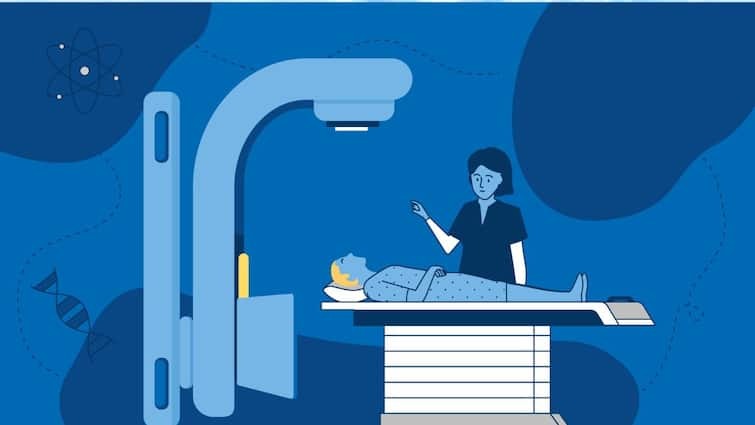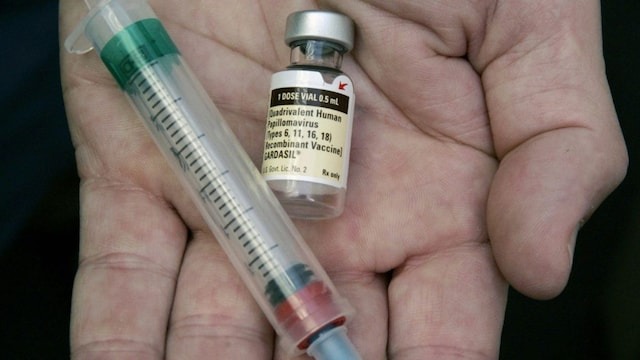
Radiation therapy has become a crucial pillar of cancer treatment, with an estimated 60% of cancer patients receiving it—either as a standalone therapy or in combination with surgery, chemotherapy, or immunotherapy.
While radiation therapy has been in use for over 100 years, cutting-edge innovations in linear accelerators, imaging, artificial intelligence (AI), and software have made treatments more targeted, effective, and personalized than ever before.
Key Innovations in Radiation Therapy
1. Stereotactic Body Radiation Therapy (SBRT)
A highly precise external beam radiation technique delivering higher doses per session over fewer total sessions (usually five or fewer).
Compared to traditional methods:
SBRT: Higher dose, 5 sessions or fewer.
Conventional therapy: Lower dose, up to 35 sessions spread over weeks.
SBRT significantly reduces treatment time while enhancing precision.
2. Robotic Radiation Delivery
Uses a robot-mounted linear accelerator to deliver sub-millimeter accuracy in ultra-hypofractionated therapy.
The system allows for thousands of unique radiation beam angles, maximizing radiation exposure to the tumor while protecting healthy tissues.
3. Intensity-Modulated Radiation Therapy (IMRT) & Image-Guided Radiation Therapy (IGRT)
IMRT: Uses precisely modulated beamlets to deliver radiation customized to each patient’s tumor, allowing for higher precision and fewer side effects.
IGRT: Integrates advanced imaging techniques into IMRT to improve accuracy in targeting the tumor during radiation delivery.
4. Helical Radiation Delivery
Uses integrated CT imaging to deliver IMRT or IGRT from multiple 360-degree angles, ensuring real-time tumor tracking before each session.
This approach enhances precision and minimizes damage to surrounding healthy tissues.
The Future of Radiation Therapy
The field of radiation oncology is evolving rapidly, with AI playing a significant role in enhancing treatment quality and efficiency.
AI in Treatment Planning
Automates organ segmentation & dose optimization, reducing planning time.
Improves accuracy and personalization of treatment.
Surface-Guided Radiation Therapy (SGRT) & Deep Inspiration Breath Hold (DIBH)
Used in left-breast cancer patients to minimize radiation exposure to the heart and left anterior descending artery.
Reduces the risk of coronary events, improving long-term quality of life.
FLASH Therapy & Biology-Guided Radiotherapy (Future Innovations)
FLASH therapy: Delivers ultra-high doses of radiation in less than a tenth of a second, potentially reducing side effects.
Biology-guided therapy: Uses real-time biological signals to adjust radiation delivery dynamically.
The Road Ahead: A New Era in Cancer Treatment
Advancements in radiation therapy have transformed cancer care, offering new hope to millions of patients worldwide. With precise targeting, sophisticated imaging, and AI-driven innovation, modern treatments are making once-impossible outcomes possible.
As technology and medical expertise continue to evolve, the future of radiation therapy looks more promising than ever.

 Desk
Desk Share
Share






